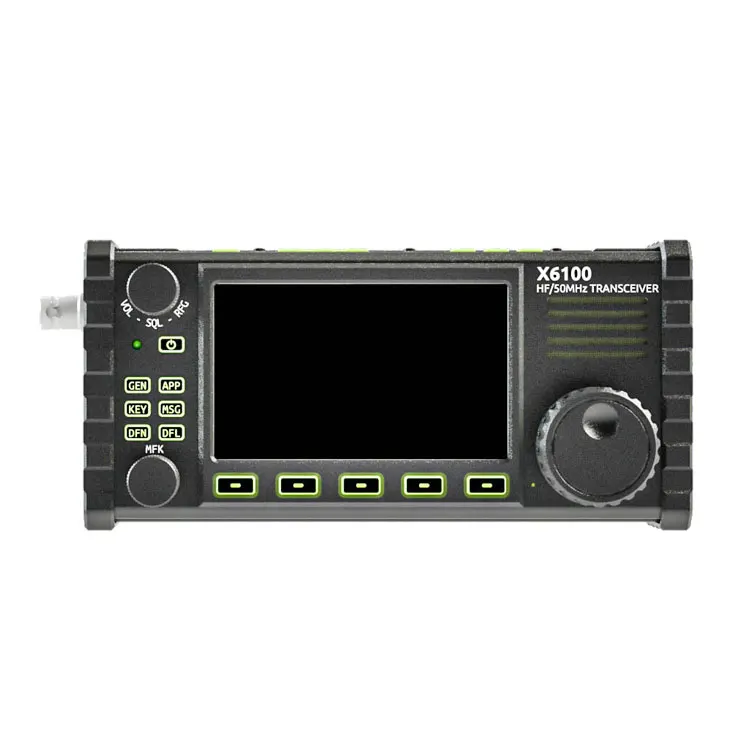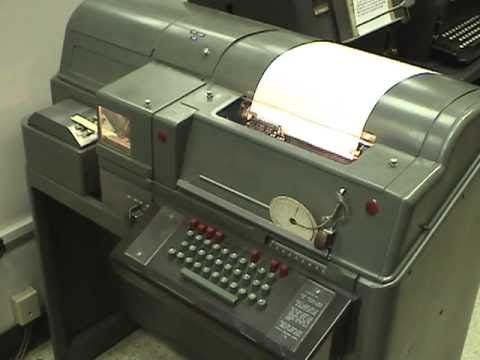

The terms mark and space date from early pen and moving paper strip recording of telegraph signals. However, current usage associates mark and space with something RTTY'ers do to or with machines. To be fair, these terms really are not unique to RTTY since they originated with land-line telegraph service before 1900. Chief amoung these are the words MARK and SPACE. Newcomers to amateur radio RTTY soon discover a whole new set of terms, unique to RTTY equipment. This paper discusses the differences between the two codes, provides some definitions for RTTY terms, and examines the various interfacing standards used with ASCII and Baudot terminals.

Effective March 17, 1980, radio amateurs in the United states have been authorized by the FCC to use the American Standard Code for Information Interchange (ASCII) as well as the older "Baudot" code for RTTY communications.

The 1970's have brought a revolution to amateur radio RTTY equipmant and techniques, the latest being the addition of the ASCII computer code. But, outside of amateur radio, you may find other speeds and shifts being used as well as other modes that sound like RTTY, but aren't.ASCII, BAUDOT AND THE RADIO AMATEUR ASCII, BAUDOT AND THE RADIO AMATEUR George W. Your only option would be to use your computer to decode the signals using a RTTY decoder such as MMTTY or FLDigi.īaudot RTTY using 45.45 baud is still very popular in amateur radio and there are several RTTY contests each year (most recent one was this past Saturday). This is a limitation in the Icom firmware that you can't get around. The internal RTTY decoder in your radio only works when the RTTY Mark Frequency is 2125 Hz and the RTTY Shift Frequency is 170 Hz. The RTTY Shift Width can be changed to 200 or 425 Hz in addition to 170 Hz. In the Set Menu of the radio in the Function category, you'll find the RTTY Mark Frequency (defaults to 2125 Hz) and the RTTY Shift Width (defaults to 170 Hz). You can use your computer to search for things in the PDF manuals rather than flipping pages in a paper manual. If you haven't already, I suggest you go to the Icom website and download both the Basic and the Full manuals as PDF files.

But, non-amateur radio users may be using other shifts. As others have said, most amateur radio RTTY uses 170 Hz shift between the Mark and Space tones.


 0 kommentar(er)
0 kommentar(er)
